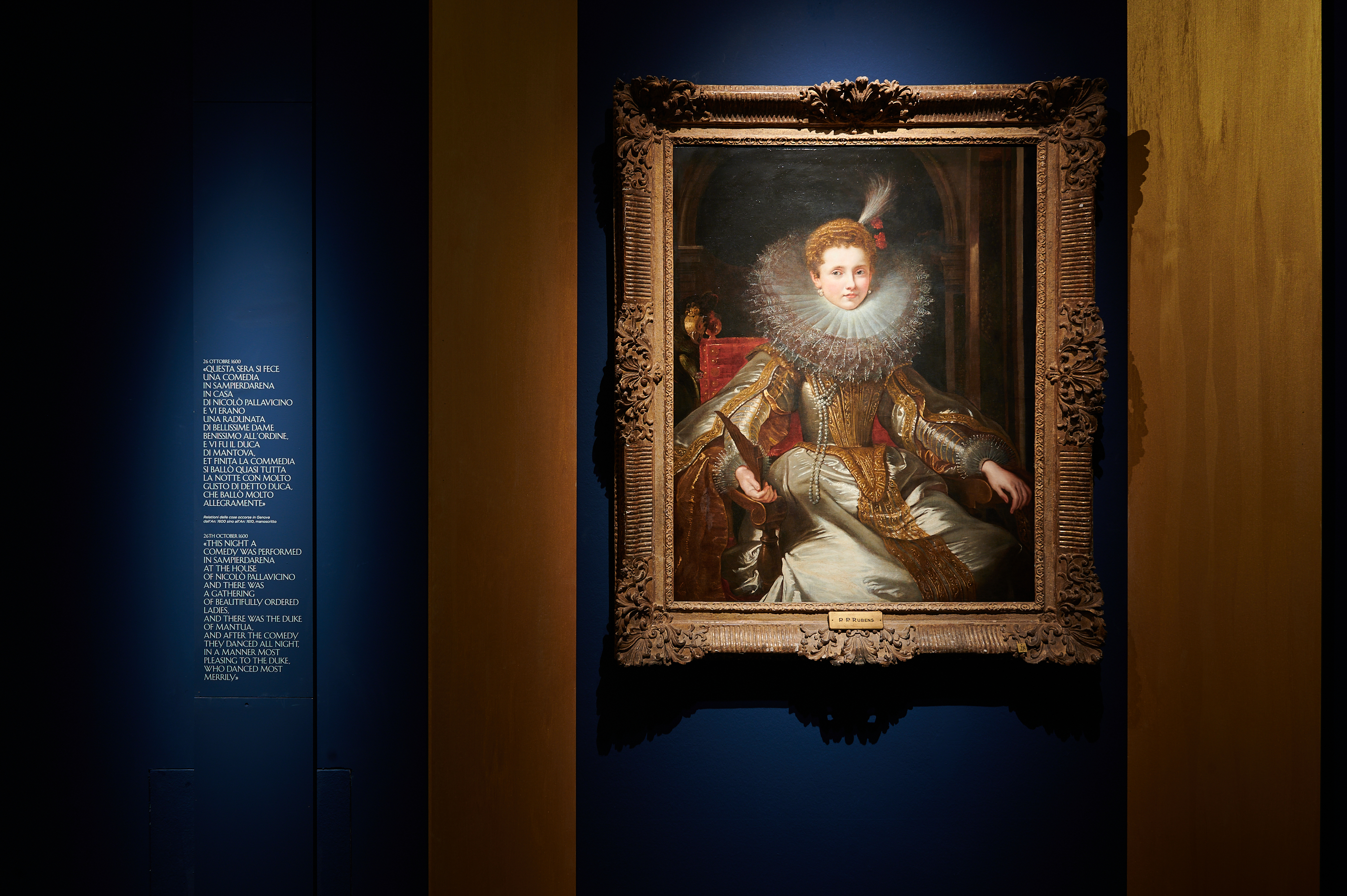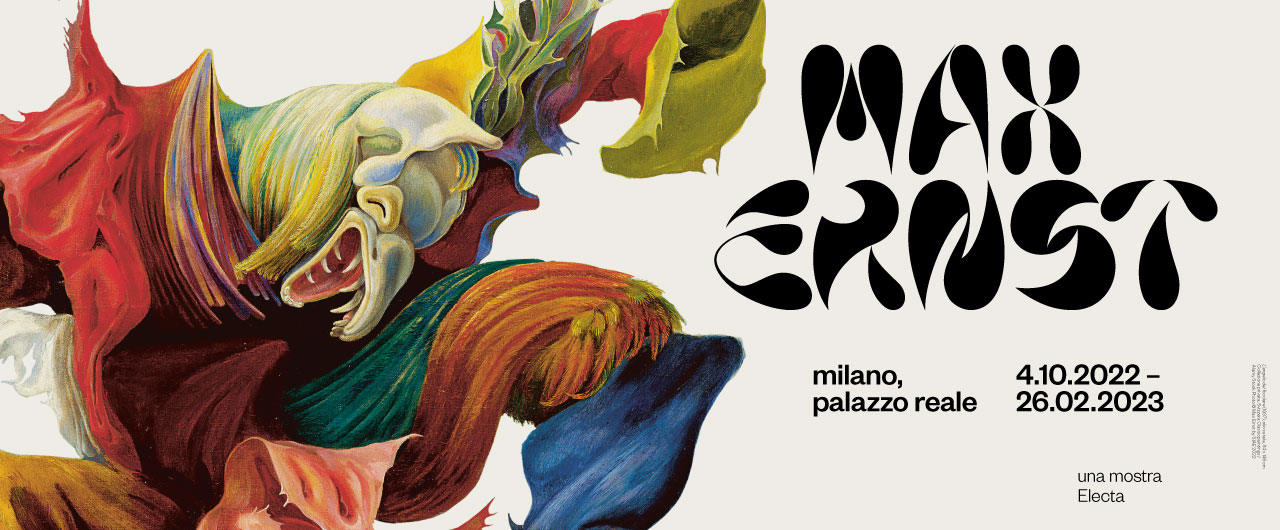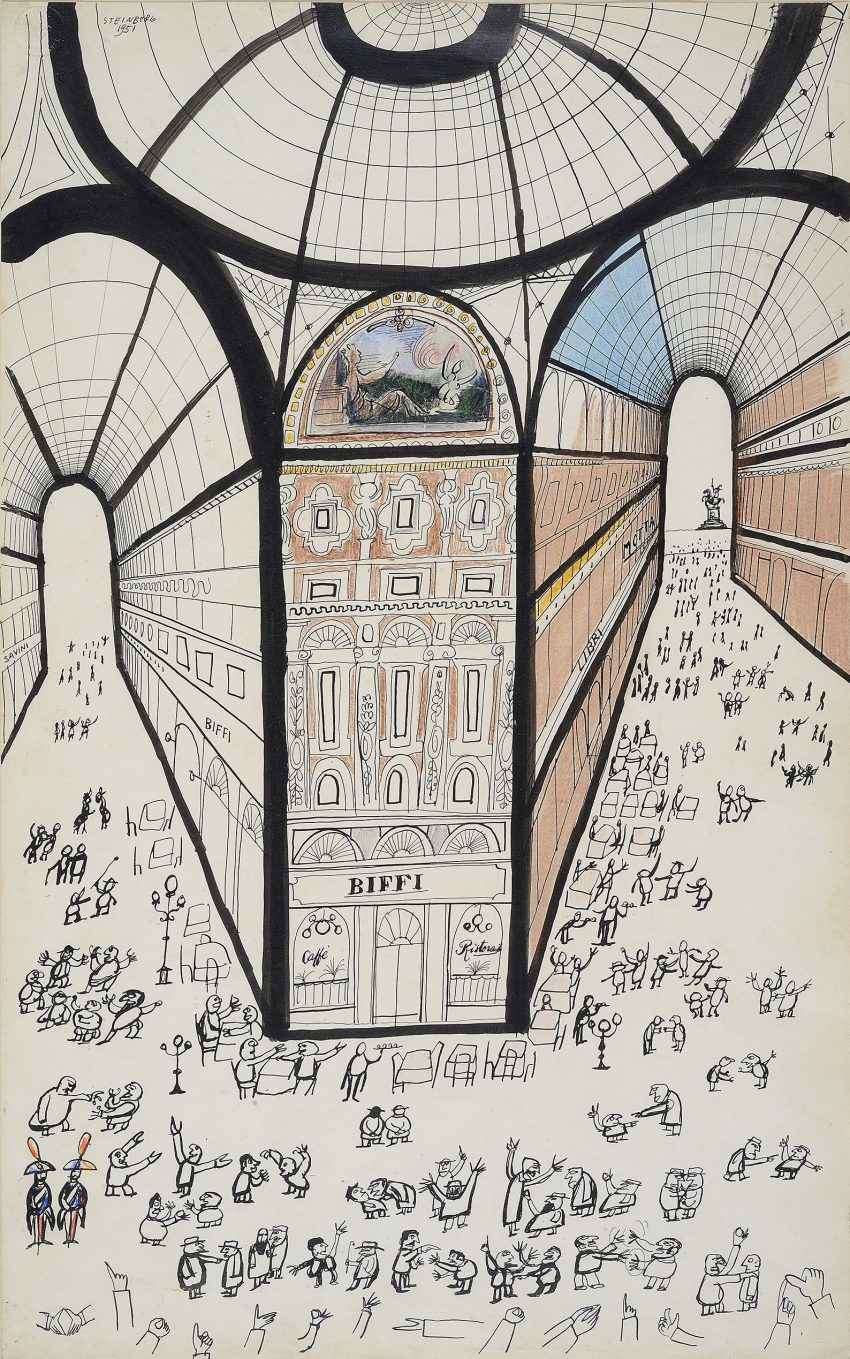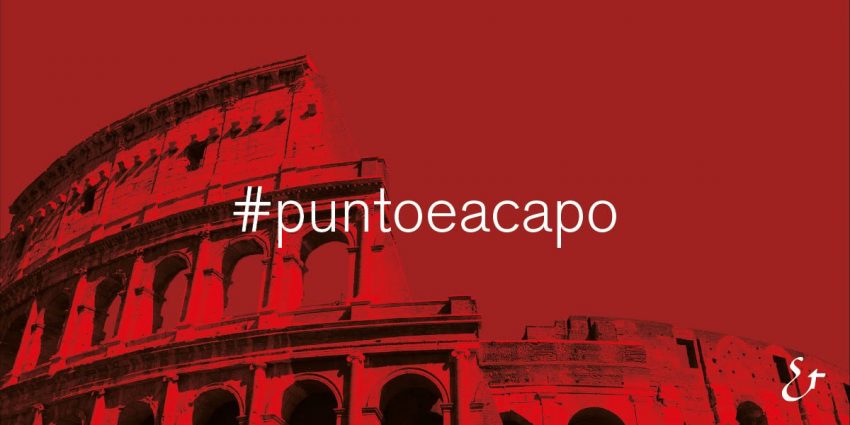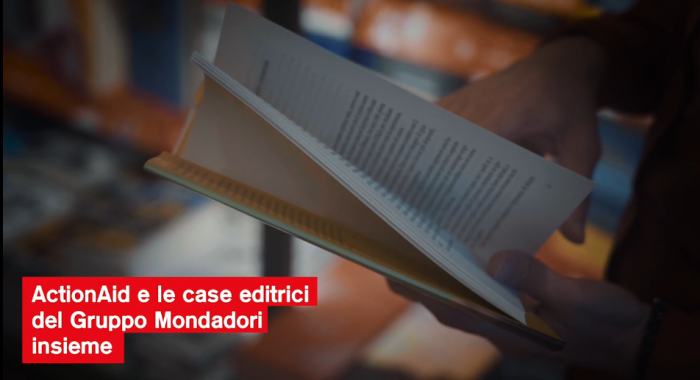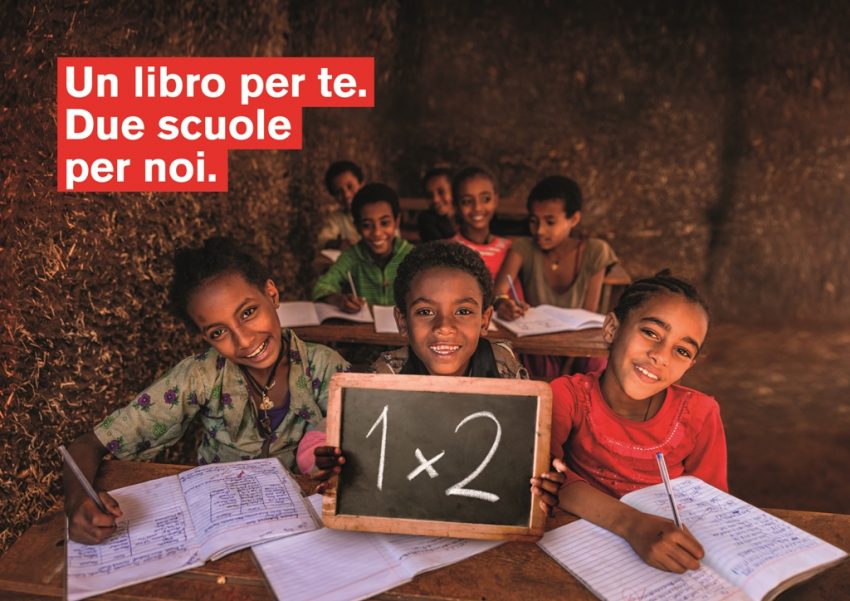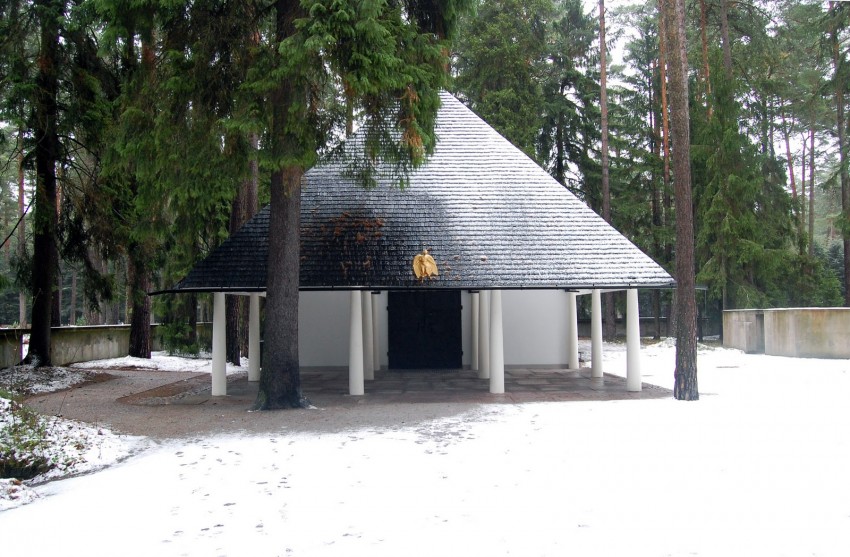“Rubens in Genoa”: the grand exhibition opens in the Palazzo Ducale in Genoa
From 6 October 2022 to 22 January 2023 the Palazzo Ducale in Genoa presents the grand exhibition “Rubens in Genoa” dedicated to Pietro Paolo Rubens (1577–1640) and his relationship with the city. The exhibition was produced by the City of Genoa with the Palazzo Ducale Cultural Foundation and our publishing house, Electa, and thanks to the support and participation of the sole sponsor, Rimorchiatori Riuniti S.p.A.
The curator is Nils Büttner, professor at the Staatliche Akademie der Bildenden Künste Stuttgart as well as Chairman of the Centrum Rubenianum in Antwerp, and Anna Orlando, a Genoese independent scholar and co-curator of the exhibition “The Age of Rubens” held at the Palazzo Ducale in 2004.
Sixteen sections of the exhibition are set up in the rooms of the Sale dell’Appartamento of the Palazzo Ducale on the main floor of the building. Paintings, drawings, tapestries, furnishings, precious accessories and antique books are also exhibited together. There are over a hundred works, demonstrating the greatness of an artistic capital visited by one of the greatest artists of all time. It’s a selection that affirms the name of Superba that was given to Genoa, where Rubens stayed several times between 1600 and 1607. It’s also a selection that allows us to retrace and, in many cases, to reconstruct the relationship with the Genoese patrician, one which continued even after the master’s return to Antwerp.
Thirty works attributed to the Rubensian oeuvre: eighteen autograph works, together with paintings that definitely left the painter’s workshop under his supervision and with direct work by him, in addition to two priceless accounts of lost works known through subsequent works. It’s a significant collection, the likes of which hasn’t been seen in Genoa — a city that still houses works by Rubens in churches, museums and private collections to this day — since the eighteenth century. In addition, an extraordinary selection of 80 works rounds out the story of the cultural and artistic context of the Ligurian city in its heyday. During his trip to Italy (1600–1608), Rubens definitely saw and studied Tintoretto and Luca Cambiaso. During his stay, and specifically in Genoa, he met Sofonisba Anguissola, Giovanni Battista Paggi and Bernardo Castello; and collaborated with Jan Wildens and Frans Snyders. All these artists are exhibited.
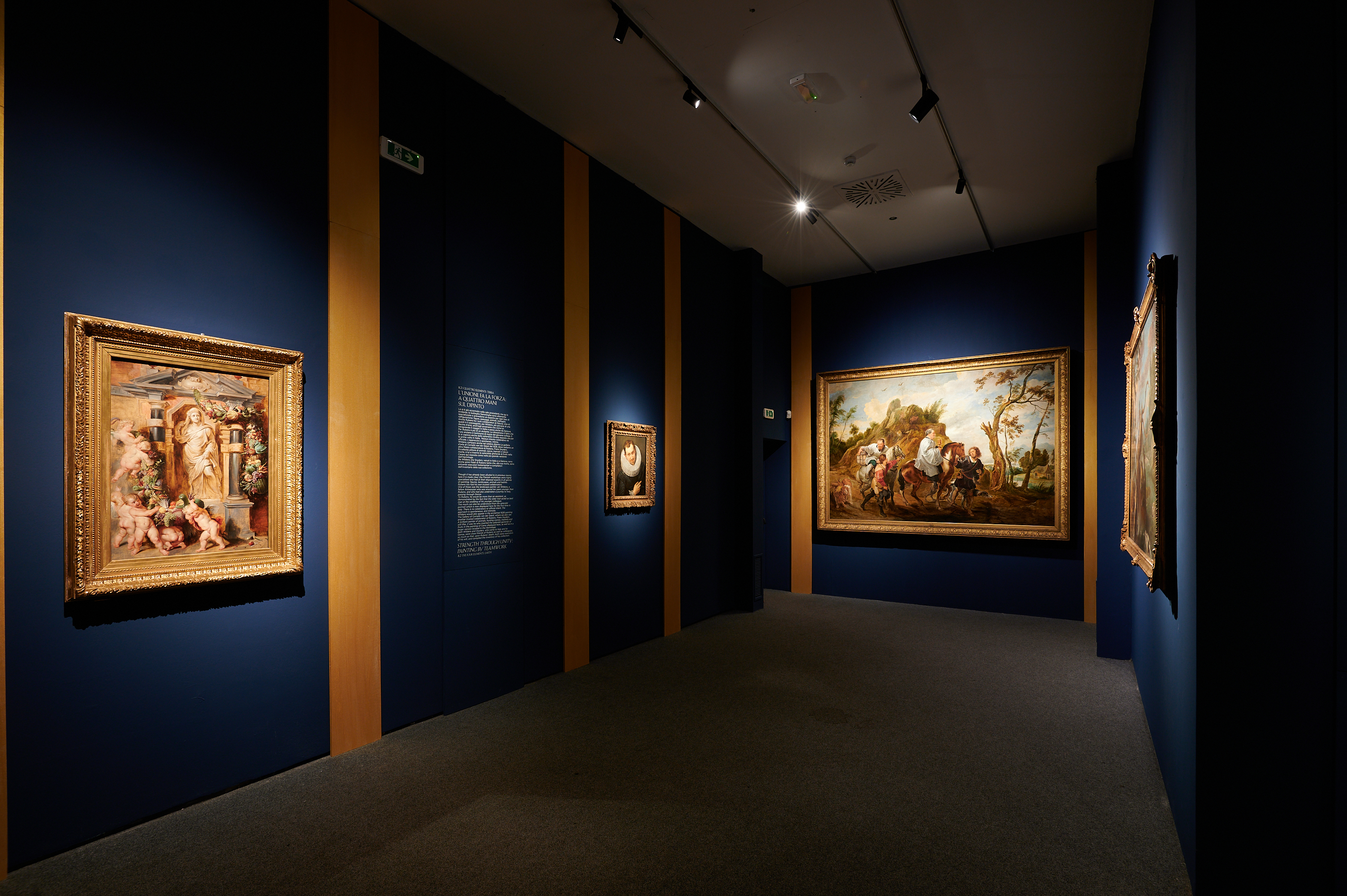
Fifteen never before exhibited Rubensian works appear in Genoa and ten for the first time in Italy. Two examples of the latter. The first, a self-portrait from 1604–1605, from a private collection. Recently rediscovered, it is an oil study in preparation for a self-portrait that Rubens included in a now lost Mantuan altarpiece. The second, Saint Sebastian Healed by Angels, circa 1615, from a private collection, is now traced to the commission by the famous condottiero, Ambrogio Spinola, thanks to a recent and important documentary discovery. Never exhibited fully, The Resurrected Christ Appearing to His Mother (with a figure from an underlying composition), circa 1612–1616. This painting, from a private collection, depicts the risen Christ standing in front of two kneeling women. Both female figures represent the Mother of Jesus. A recent X-ray revealed the presence of a second female image beneath the painting’s surface, which is compositionally similar, but iconographically different. Both figures are now visible. At this event the studies and comparisons with the well-known Rubensian iconography will be exhibited. Among the new additions are two splendid portraits: Violante Maria Spinola Serra, circa 1607, from Buscot Park (Oxfordshire-The Faringdon Trust) and Geronima Spinola with her granddaughter Maria Giovanna Serra, circa 1605–1606, from Stuttgart, Staatsgalerie. These absolute masterpieces of European Baroque portraiture are both exhibited for the first time with their identities rediscovered.
Museums in Italy and abroad, as well as private collectors, have granted special loans in recognition of a project based on long years of studies and scientific research by the curators, and motivated by the support of a prestigious international honorary scientific committee, composed of the top experts in the field. It’s not only thanks to the research to prepare the exhibition, but also due to the rediscovery of a painting by Rubens that had been lost for two centuries, and which was definitely present in Genoa in the seventeenth century. At this event it is submitted to the scrutiny of international scholars who have never seen it before to prove its attribution. The work itself is a study for the altarpiece, The Miracles of Saint Ignatius of Loyola, still in the Chiesa del Gesù church in Genoa.
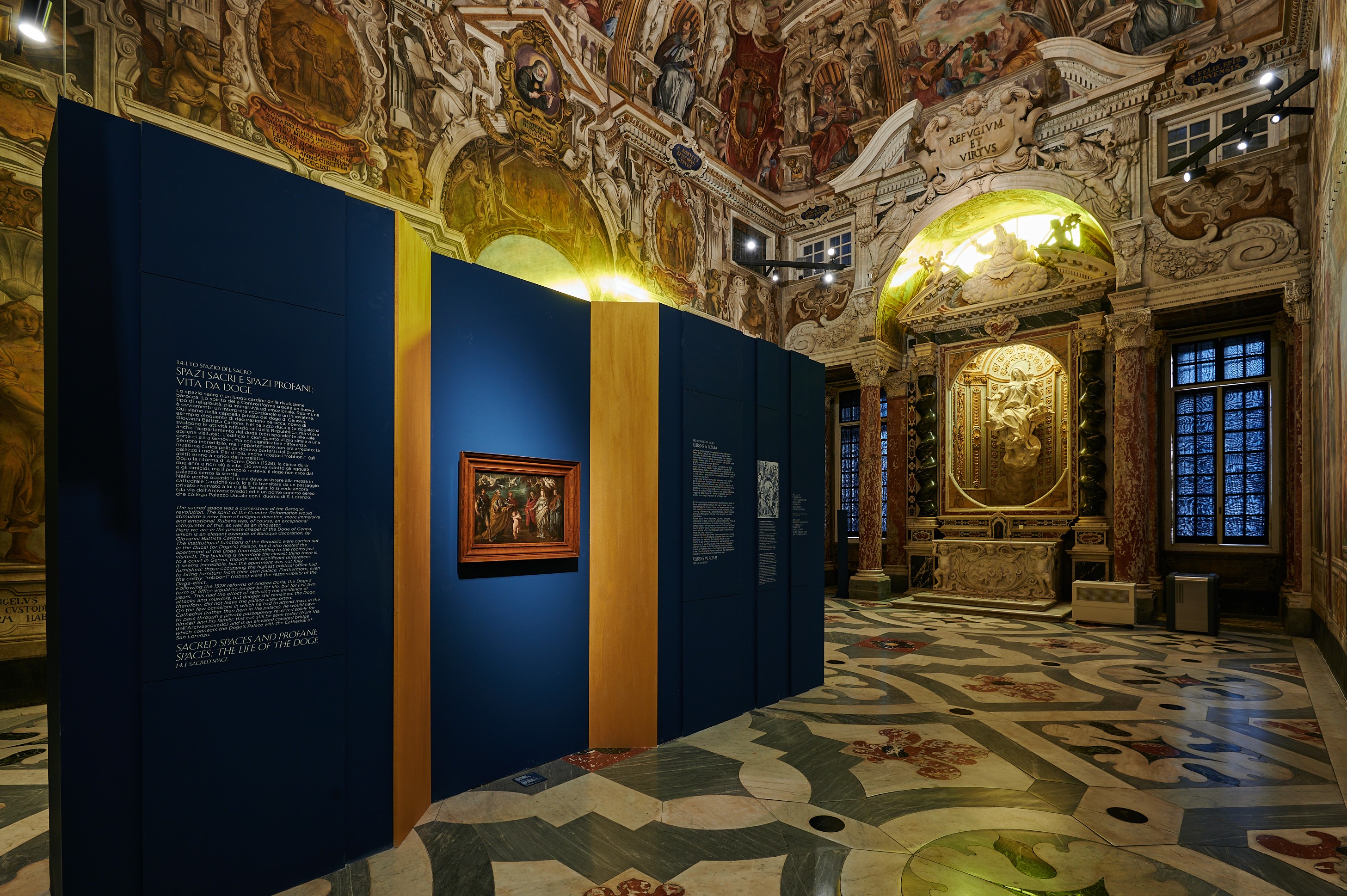
These and many other new additions are presented to the public in an exhibition on the occasion of the 400th anniversary of the publication of the book, Palazzi di Genova, by Pietro Paolo Rubens, printed in Antwerp in 1622. It is an anniversary celebrated in the first room, where two original copies are exhibited, including a rare copy of the first edition, without subsequent additions.
Three books have been published by Electa on the occasion of the exhibition, curated by Anna Orlando: the brochure, also curated by Nils Büttner, presents all the new additions that have come about due to the new research and important updates that resulted from preparing the exhibition; the guide to the exhibition, an easy tool to follow the guided tour; the guide, In Genoa with Rubens, that accompanies the Rubensian tour to discover the masterpieces in the Genoese palaces and in the churches that Rubens definitely visited. For the occasion, Abscondita has published Palazzi di Genova, edited by Anna Orlando. The book contains tables, plans and sections of the buildings selected by Rubens. There’s abundant material to account for not only the complexity, but also the features and comforts of Genoese homes.
The Palazzo Ducale exhibition event has enabled a great project to be created: “Genova per Rubens. A Network“, imagined and curated by Anna Orlando. Indeed, it’s the most important cultural network ever initiated in Genoa centring on a single artist. More than sixty public and private companies are involved in this project dedicated to Rubens and his special relationship with the city. It is an extensive network of collaborations that has made it possible to create introductory talks, cultural events, special openings, side events and further exhibition projects.
“Rubens in Genoa” will be open until 22 January 2023. For information and tickets: palazzoducale.genova.it and www.ticketone.it.
